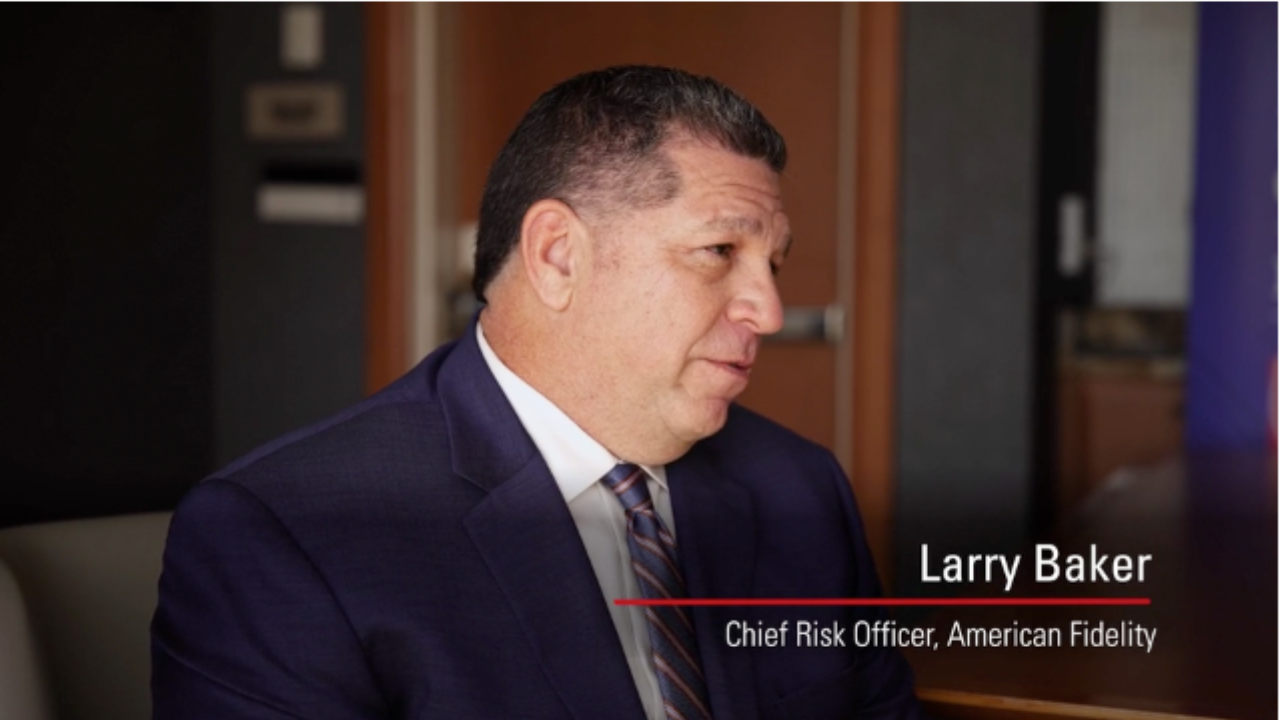Larry Baker, Chief Risk Officer, American Fidelity, shares insights with Ericka Kranitz, Professor of Practice and Director of the Master of Management, Risk & Analytics Concentration at NC State University about key factors contributing to the success in the level of support of ERM at his organization.
Key Success Factors
Larry discusses the high level of attention that ERM receives from the Executive Suite and the Corporate Governance Committee of the Board. Larry identifies six key factors that contribute to the level of support which he feels are instrumental to the success of any ERM practice. These include:
- Trust. This is the foundation for any ERM effort to gain the trust of the senior leaders and those throughout the business. Larry emphasizes that ERM is there to work “with” the leadership not against it.
- Collaboration. It is important for the ERM function to work closely with management to clearly understand the risks together. The point here is that there should not be any surprises as risks are brought forward to leadership and subsequently discussed with the board. Everyone should be on the same page.
- Language. It is important to reduce the use of “risk jargon” and use business-friendly terms that the management team can understand and directly relate to their respective activity.
- Top Risks. Keep focused on the “big risks” of the company and those which are directly related to achieving the strategic goals over the near and long term.
- Experience. The ERM team has real-world experience and the processes used have demonstrated value to management over the years.
- Evolution. Any ERM practice should continually evolve and make sure you are providing management with what they are looking for. Ask management, is this what they envision ERM to achieve?
Interested in this topic?
Elevating Value of Leading-Edge ERM: Highlights from the April 22, 2022, ERM Roundtable Summit
Podcast on Enhancing the Strategic Value of Risk Oversight



